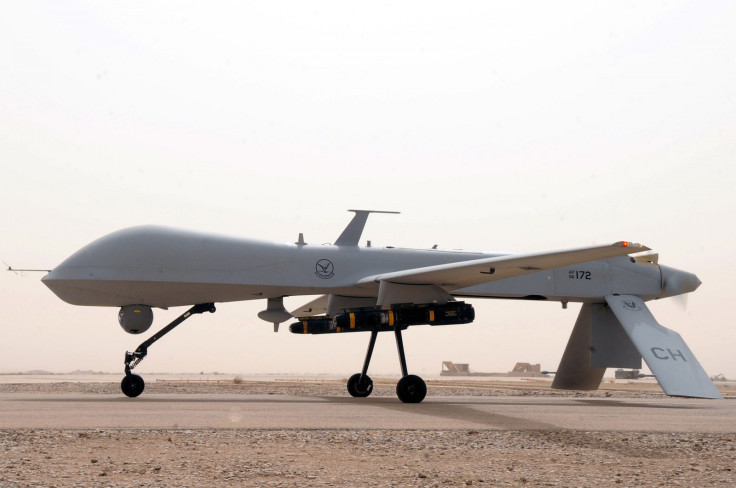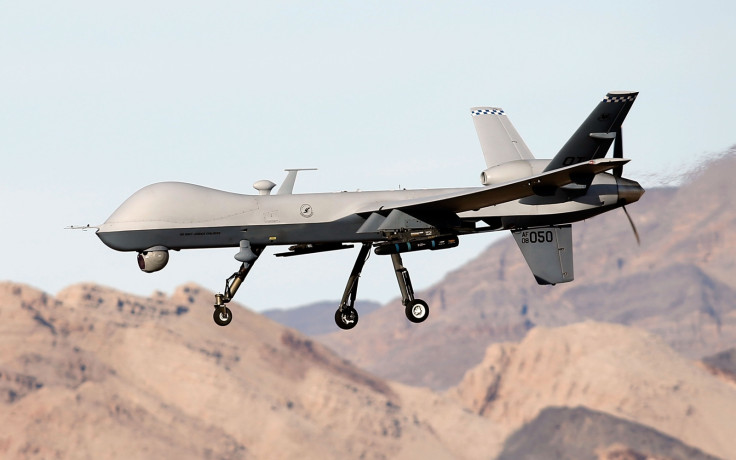So long MQ-1: US Air Force to retire iconic Predator unmanned drones
The MQ-1, used in the Iraq and Afghanistan wars, will be retired by July to make way for the much bigger MQ-9.

After over 20 years in service, the US Air Force has announced that it will be retiring the iconic MQ-1 Predator unmanned drones which played a crucial role in airstrikes and surveillance during the Iraq and Afghanistan wars.
The MQ-1 is a remotely piloted unmanned aerial vehicle (UAV) built by General Atomics Aeronautical Systems that was launched in 1995 to carry out aerial reconnaissance using onboard cameras and sensors. It was later upgraded to carry two laser-guided AGM-114 Hellfire missiles.
The drone is primarily used by the CIA and the US Air Force on missions and can travel at a speed of 84mph over a distance of 770 miles.
It has been used in multiple conflicts including the Nato intervention in Bosnia, the Iraq War, Yemen, Serbia, the Libyan civil war, the intervention in Syria, the war in Afghanistan, Pakistan and Somalia.
The MQ-1 is now considered to be obsolete because the US Air Force wants greater attack capabilities than the drone can handle, and the MQ-1 was never designed
to carry weapons, so it only has a maximum payload of 200 pounds.
Meet the Reaper

Instead, the US Air Force is now looking towards the MQ-9 Reaper drone (also known as "Predator B"), which is the first hunter-killer UAV that has also been designed for long endurance, high-altitude surveillance.
It can carry a payload 15 times bigger than the MQ-1 of 4,000 pounds that is suitable for carrying bombs and missiles at the same time, and it also cruises at speeds three times faster. The Reapers were introduced in 2007 and the US Air Force presently has an inventory of 150 Predators and
93 Reapers.
"When you ask about readiness, you have to ask ready for what? If we talk about the things we could be ready for and what we should be asking our attack squadrons to do, then transitioning to an all MQ-9 force is imperative for readiness," said Col Joseph, the US Air Force's 432nd Operations Group commander.
"In the case of the MQ-1, I think we wanted more out of it but we were at a physical stop on the airplane and needed a new one. The reason that the MQ-9 has turned into a close air support (CAS) platform, and this is the key point, is the fusion of two things. The first thing is the technology. We took an airplane and outfitted it with more raw power and capability, but then we did the other half and matted that technology with a professional aircrew."
The US Air Force says that another reason for phasing out the Predators is that until now, it has
had to maintain two different training programmes and aircrews to maintain two different types
of UAVs that work in different ways, since the MQ-1s are still being flown in daily combat
missions overseas.
"Right now the plan is to stop flying the MQ-1 in 2018, and that means we need to get transitioned this year," said Lt Col James, the 20th Attack Squadron commander for the US Air Force. "As part of that we are going to stop flying the MQ-1 completely by 1 July 2017. We will gradually stand up our number of combat lines on the MQ-9 so by the end of the year we are only an MQ-9 squadron."
© Copyright IBTimes 2025. All rights reserved.






















